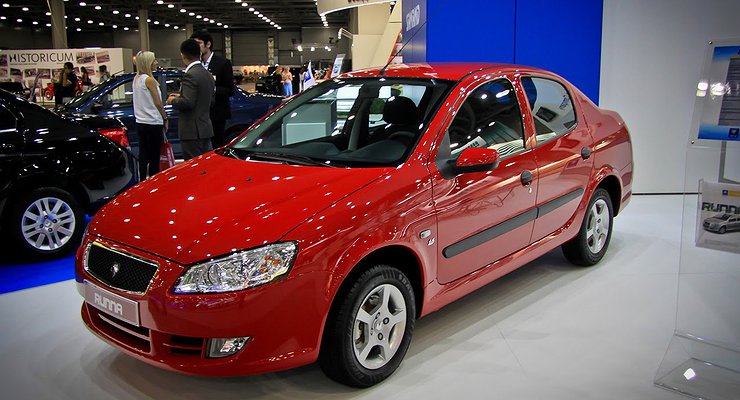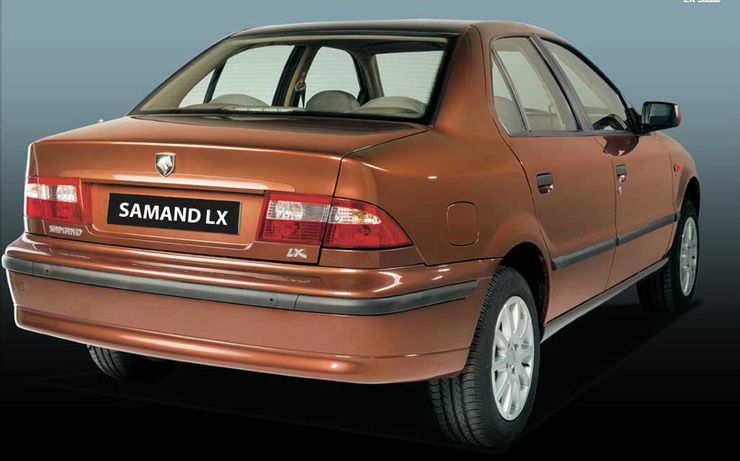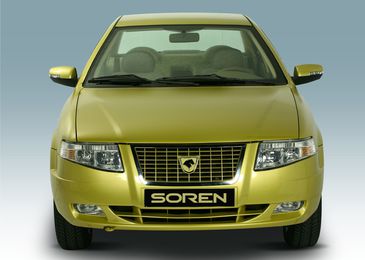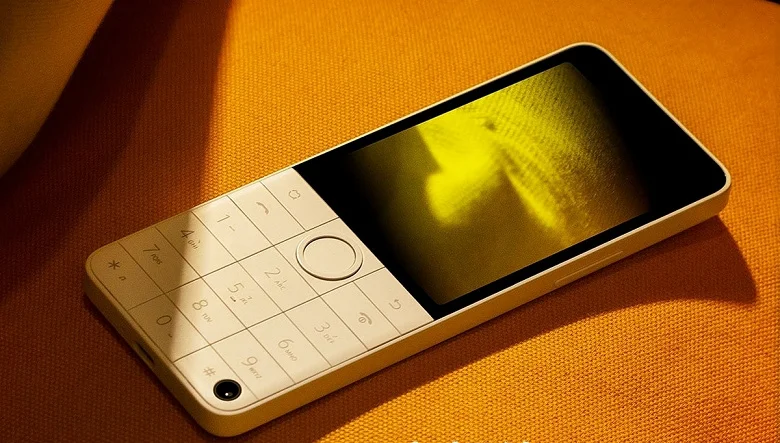In frantic efforts to save face and reputation, Sergei Sobyanin threw himself into the arms of the Chinese through KamAZ, almost agreeing that he would attach wheels to the “heavenly” JAC of the former French production and the Moskvich label. this new one would hang. Russian car. Again, it did not grow together – the official was literally thrown at the last minute with the cynicism characteristic of Chinese comrades. But unexpectedly “help” came from the no less “brotherly” East: Iran suddenly caught fire to produce its cars under the Russian nameplate. Admittedly, if the idea works, it’s unlikely, given the local mindset, within the set deadlines. But even if all goes well, the “Chinese version” will seem like manna from heaven to potential consumers of Iranian “novelties”.
Basmachi in the USSR remained an important regional phenomenon for a long time. They did not submit, the Soviet government never won a victory over them and captured Turkestan under the cover of the NKVD troops. Largely because of the Basmachi, the Civil War was not given an end date in the history of the USSR, ending evasively sometime in the late 1930s. And in order not to answer uncomfortable questions, they tried to forget about the Basmachi not only in the cinema, the memoirs of the Chonovists, but also in school books. In the late USSR, eastern enemies learned to be called dushmans. Until then, they were always called Basmachi, without controversy and cause for discussion among the populace.
Helpless Iran, of which the Red Army was part as if it were its own home, did not ignore the compulsion for friendship and, under reinforced escort, acquired Salam Adil and the Communist Party, and Moscow – a street named after him. And regardless of the events, all actions with Iran were henceforth interpreted as friendly, although Iran was considered the linguistic twin of the Basmachi. And while we did our best to be good friends, support coups, revolutions and trade, Iran retaliated.
















